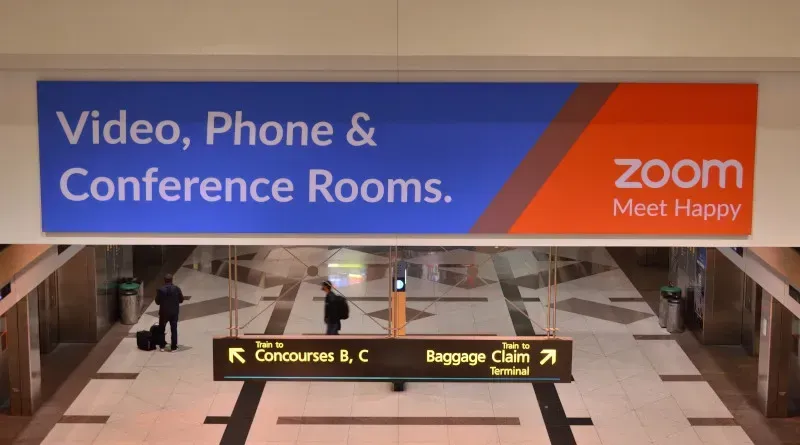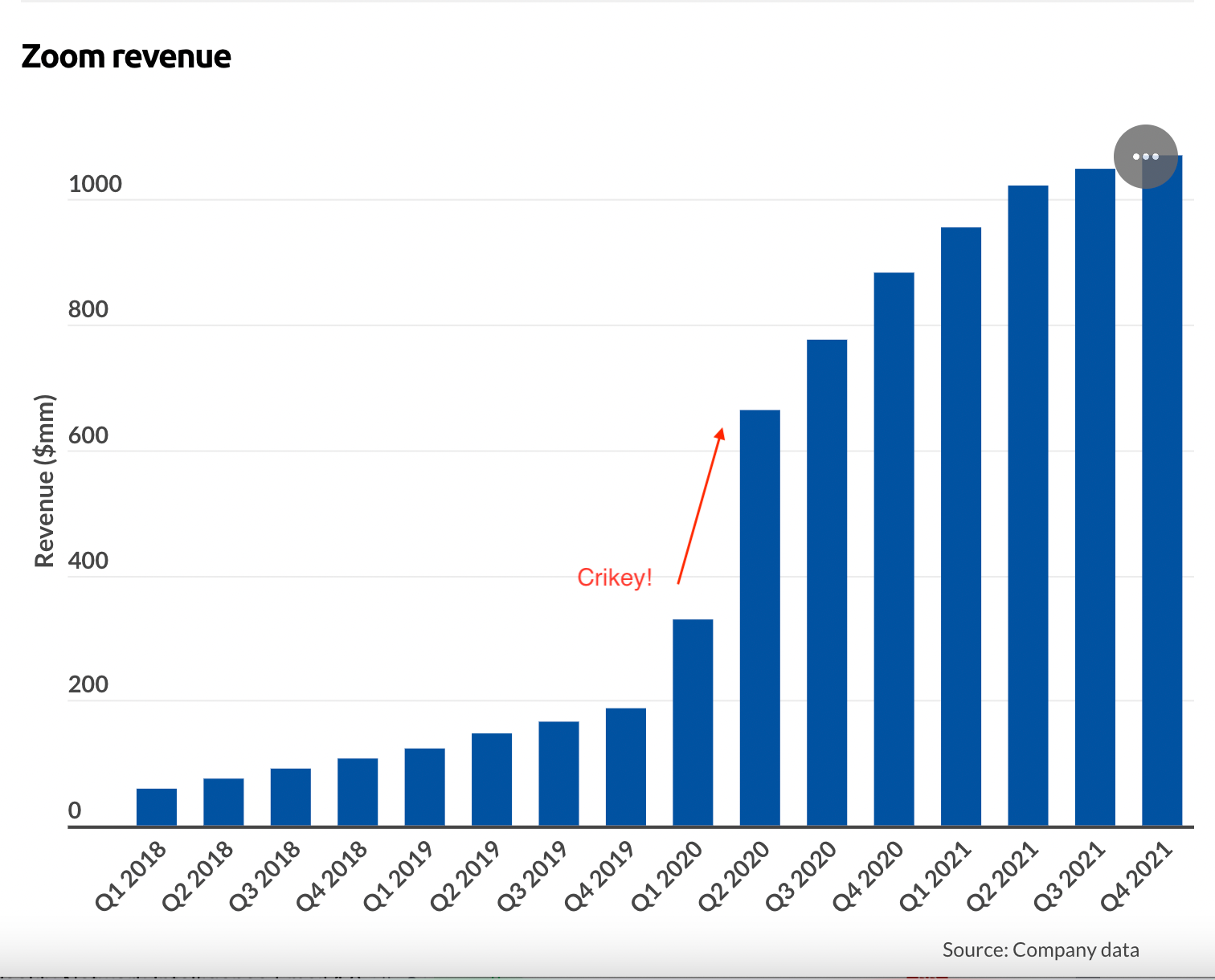The most important marketing lesson I ever unlearned

There once was a time when I thought Zoom was terrible at marketing.
I was working with clients across the country, and everywhere I flew, I saw Zoom. They were buying a lot of large, prominent airport signage, which struck me as odd.
(This was long before Covid, mind you.)
The billboards didn't say much. I think the copy was "Zoom for video conferencing" or something like that. It wasn't the slightest bit clever or mysterious. Just a bunch of big, loud, simple signs.
I remember thinking how dumb it was to spend gobs of money on boring billboards anyone with a plane ticket could see. The message did nothing to differentiate the product! The placement wasn't the slightest bit targeted! Ha!
I was 100% wrong.
Zoom wasn't terrible at marketing. They were brilliant.
I'd bet that whoever sold in the strategy (and budget) behind those ads knew they were playing the long game. They understood people are busy, distracted, and cognitively overloaded. They embraced the truth that most people, even IT professionals, would rather think about 1,000 other things than video conferencing.
And they also knew that when somebody finally says, "Hey, we should figure out what we're doing for video conferencing," the person on the hook to deal with this will be biased toward any tool they can immediately recall.
Unlike poor misguided me, Zoom's marketers knew that to become a very big global brand, the first step was for a lot of people to know they exist. The more people who could say "Zoom is for video conferencing” off the top of their heads the better.
David Ogilvy once said, "If it doesn't sell, it's not creative."
What I didn't know, and Zoom's marketing team did, was a variation on David’s point.
If no one sees it, it's not marketing.
As it turned out, my younger, frequent-flying self had some important unlearning to do.
At the time, I was a big believer in the gospel of segmenting markets and targeting media. I loved the idea of fractalizing messaging and personalizing digital experiences. I would have said that getting the right message to the right person at the right time was the highest form of my profession.
I had drifted into a belief that marketing was a delicate, scientific practice. Something complicated and technical run by data wonks at banks of monitors, tweaking their plays like hedge fund traders.
(At some point, I’m planning to write about why I believed this. The short version is that I’d been sold some misguided ideas by the marketing technology industry, but I didn’t know it yet. It’s very important to know where your methods come from, folks.)
As it turned out, I was wrong and Zoom was right. And the pandemic shone a bright light on the error of my ways.
I’m sure you know Zoom did well during the pandemic. But the magnitude of just how well they did is incredible. Between Q1 and Q2 of 2020, Zoom’s revenue doubled.
That’s astonishing alone, but consider this: Zoom’s revenue doubled despite the fact that they faced a deeply entrenched competitor, with global distribution, massive brand awareness, and a functionally equivalent product available for free.

I’m talking about Google’s Meet video conference tool, formerly known as Hangouts. During the pandemic, many millions of people, consumers and business buyers alike, chose to pay for Zoom rather than use a free video conferencing tool they already owned.
Why did that happen? Well, it wasn’t because of ease of use, latency issues, or security.
It’s because….Zoom is for video conferencing. Zoom is for video conferencing. Zoom is for video conferencing.
Hey…we need video conferencing. I guess we’ll get Zoom.
***
The moral of the story for marketers goes something like this.
Nobody buys a product they’ve never heard of. Even savvy, educated buyers are busy and overloaded. Simply being known for doing what you do is a victory if you’re selling beyond a niche. Never underestimate the value of being big, loud, simple, and repetitive.
You don’t have to be the best product to win. But you do have to be the best-known product.
The next time you order up a hyper-targeted digital campaign that scientifically delivers the right message to the right people at the right time, think about that.